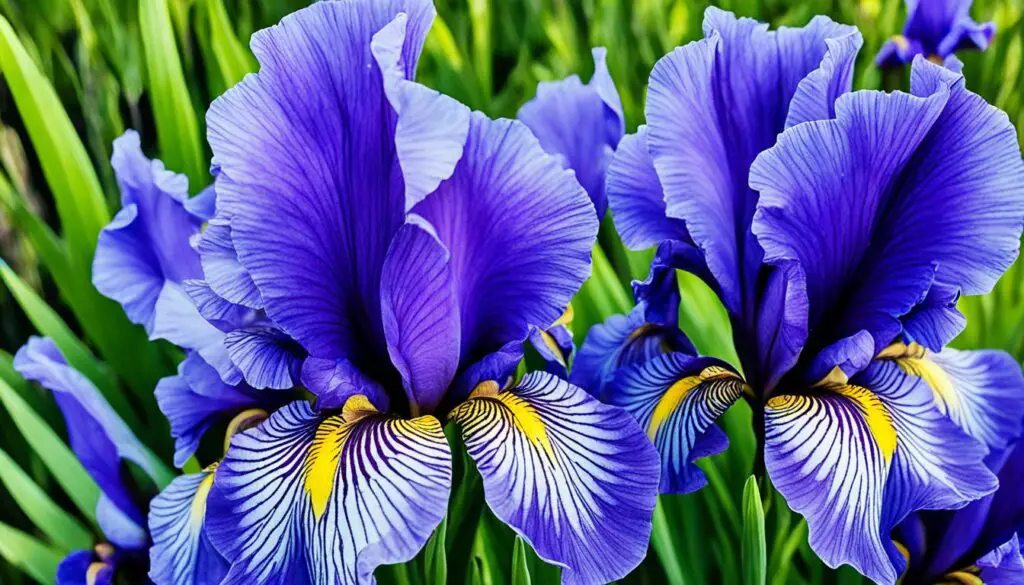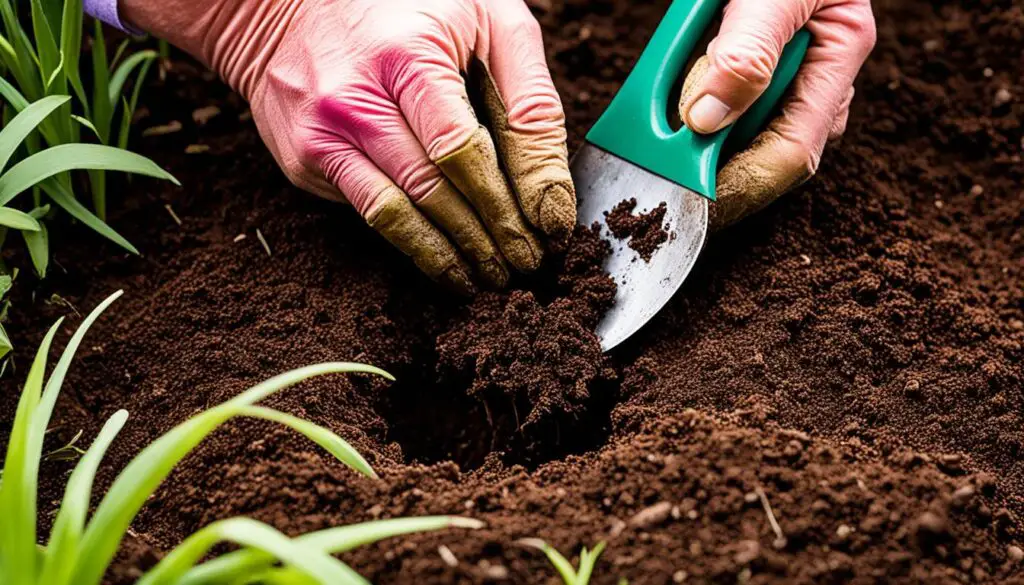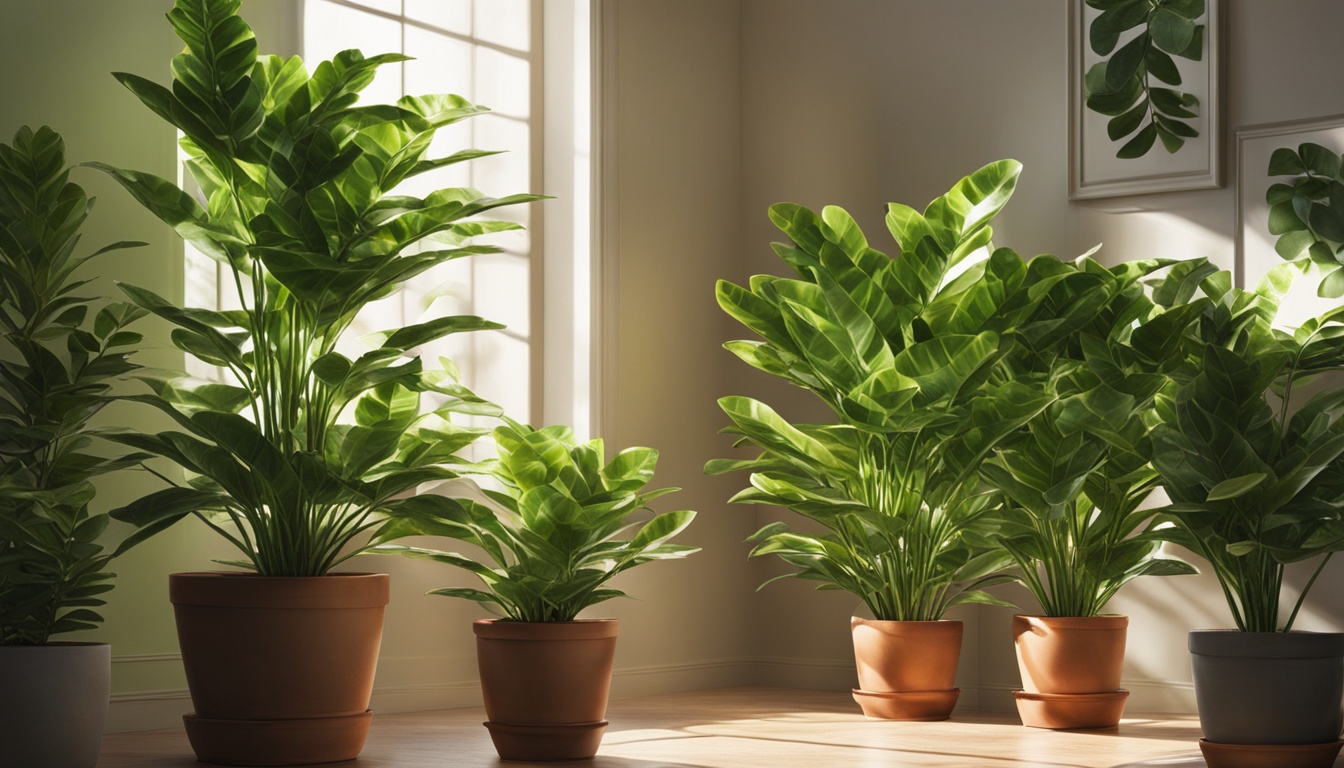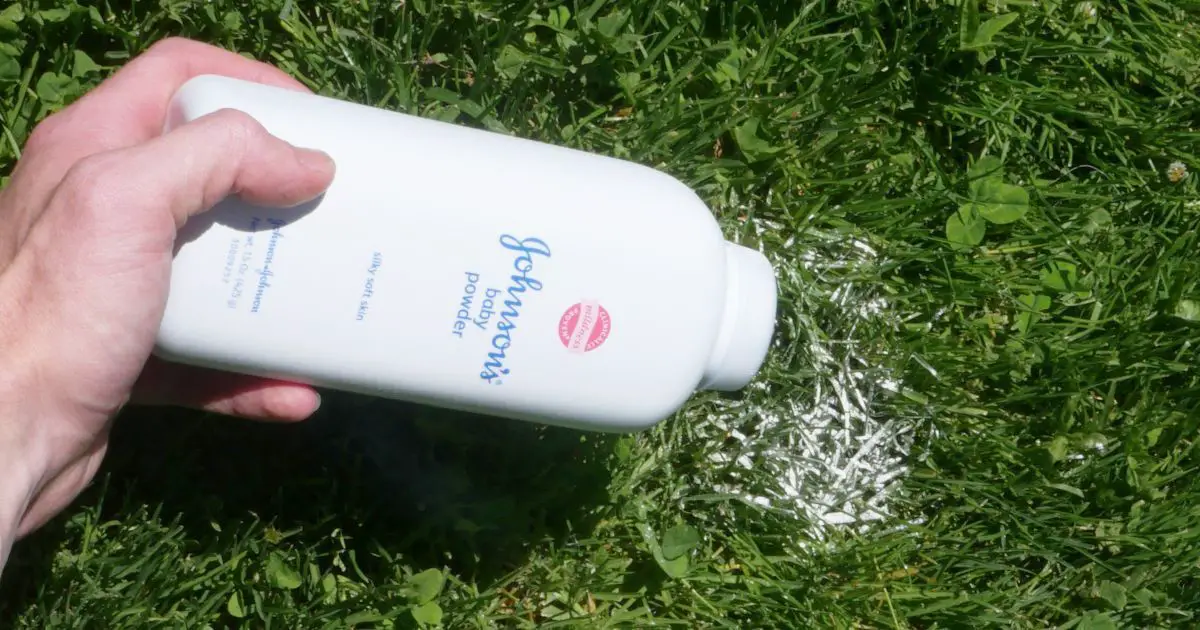Irises are great because they resist deer and can handle drought. They come in many colors like blues, purples, yellows, and oranges. These colors make any garden look beautiful.
With the right care, irises will bloom every year. They need well-drained soil and lots of sunlight to grow well.

Key Takeaways
- Irises are easy to grow and resist deer and drought.
- They have many colors, making them perfect for gardens.
- Irises need well-drained soil and lots of sunlight to bloom well.
- It’s important to divide and prune irises to keep them healthy.
- Irises can get pests and diseases, but you can prevent and treat them.
Types of Irises and Their Growing Requirements
The world of irises is full of different types, each needing its own special care. Bearded irises and beardless irises are two main types. Knowing how to care for them is key to a beautiful garden.
Bearded Irises
Bearded irises, also known as tall bearded irises or German irises, are the most common type. They can grow from 18 to 36 inches tall.
These plants have six-petaled flowers in many colors like pink, purple, yellow, and bi-colors.
They do well in soil that drains well and gets plenty of sun. The best time to plant them is in the fall. This lets the roots get ready for the growing season.
Beardless Irises
Beardless irises, like Japanese, Siberian, and Dutch irises, have their own needs. Japanese and Siberian irises grow from rhizomes and should be planted in spring. Dutch irises grow from bulbs and do well in early fall.
These irises like more shade than bearded ones. Some, like Japanese irises, do best in moist soil.
| Iris Variety | Growing Conditions | Planting Time |
|---|---|---|
| Bearded Iris | Well-drained, well-cultivated soil, full sun | Fall |
| Japanese Iris | Moist soil, partial shade | Spring |
| Siberian Iris | Consistent moisture, partial shade | Spring |
| Dutch Iris | Well-drained soil, full sun to partial shade | Early fall |
Choosing between bearded and beardless irises depends on your garden’s conditions. Each type has its own needs for soil, sun, and water. By picking the right iris for your garden, you can enjoy a beautiful display of these lovely flowers.
How To Grow A Iris and Care
Irises add beauty to any garden with their bright colors and unique blooms. To make sure they do well, you need to know how to plant and care for them. Here are the steps to grow these lovely flowers.
When planting irises, don’t cover the rhizomes too much. Leave the top part above the soil. It’s important to use the right iris fertilizer, divide them, and iris winterize them to keep them healthy.
- Planting: Plant iris rhizomes with the top part showing, about 1 to 2 feet apart, in a sunny spot with good drainage.
- Fertilization: Feed your irises with a balanced, slow-release fertilizer that has the right mix of nitrogen, phosphorus, and potassium.
- Division: Split up crowded iris groups every 3-4 years to help them keep blooming well and stay healthy.
- Winterizing: Cut off dead leaves and mulch around the plants to keep them safe in the cold.
Keeping up with tasks like removing dead flowers and fighting pests is key to a beautiful iris garden. By following these iris growing and iris care tips, you’ll get to enjoy these beautiful flowers.

“Irises are the aristocrats of the garden, with a refinement and beauty unmatched by any other flower.”
Iris Maintenance and Pest Control
Keeping your irises healthy is key to enjoying their stunning blooms every year. These lovely flowers face many pests and diseases that can harm their growth and look. It’s vital to watch out and act early to keep your irises in great shape.
The iris borer is a big problem for iris growers. This larvae eats into the rhizomes, making them rot and the plant weaken.
To fight this pest, always remove dead or damaged leaves and clean your tools well. Also, having ladybugs and lacewings around can help control the iris borer naturally.
Aphids, slugs, and thrips can also harm iris plants, damaging leaves and slowing growth. Using good gardening habits, like removing debris and keeping air moving, helps.
Also, treatments like insecticidal soap or neem oil can fight these pests. By keeping up with these steps, your irises will bloom and flourish for years.
FAQ
What makes irises a good choice for many gardeners?
Irises are deer-resistant and can handle drought. They’re easy to grow and come in many colors. This makes them great for many gardeners.
How do I grow tall bearded irises?
Tall bearded irises need well-draining soil and lots of sunlight. They’re perfect for the back of the garden. Plant them in the fall, like tulips and daffodils.
What are the growing requirements for beardless irises?
Beardless irises, like Japanese and Siberian types, grow from rhizomes. Plant them in spring. Dutch irises grow from bulbs and go in early fall. They like more shade and moist soil than bearded irises.
How do I properly plant and care for irises?
Don’t bury iris rhizomes too deep. They like the top part above the soil. Fertilize, divide, and winterize them right. Cut back dead foliage and watch for pests to keep your irises looking great.
What pests and diseases can affect irises?
Irises face pests like iris borers and aphids, and diseases like rot. Look out for damaged leaves and fewer flowers. Use cultural practices and treatments like insecticidal soap to fight these problems. Keeping an eye on your plants helps them stay healthy.



